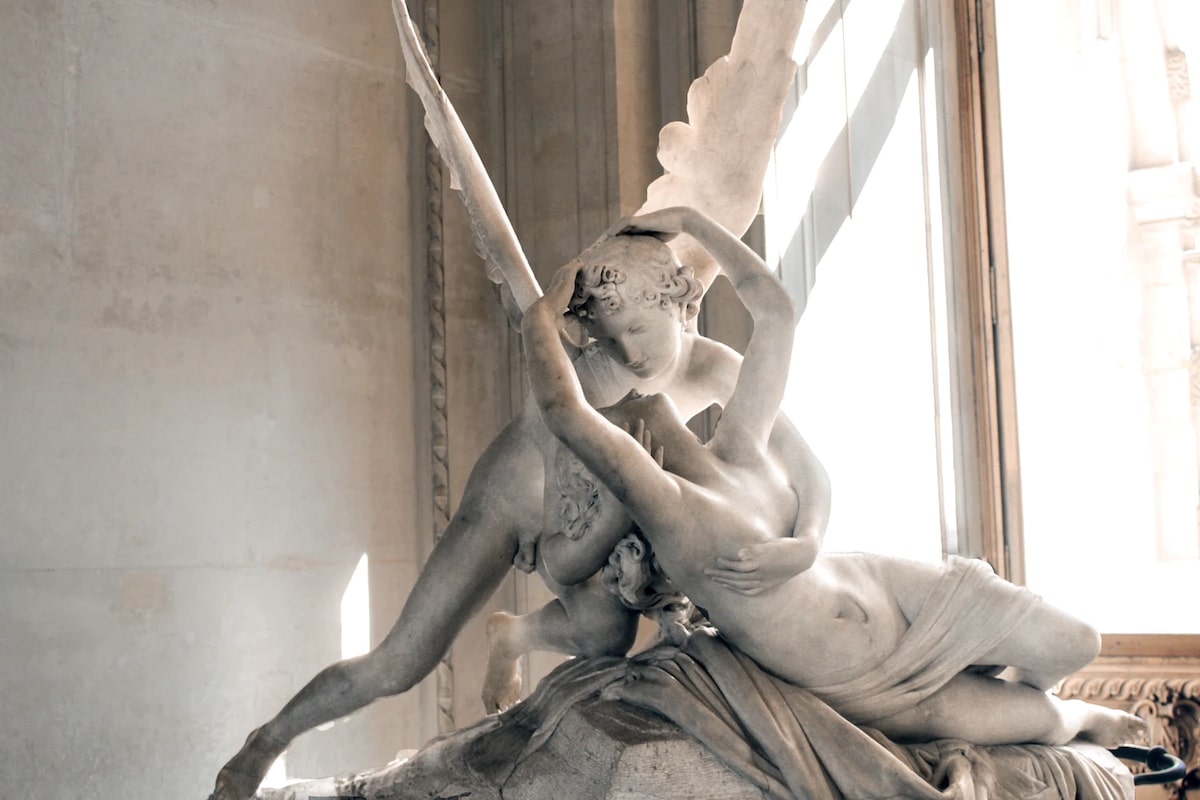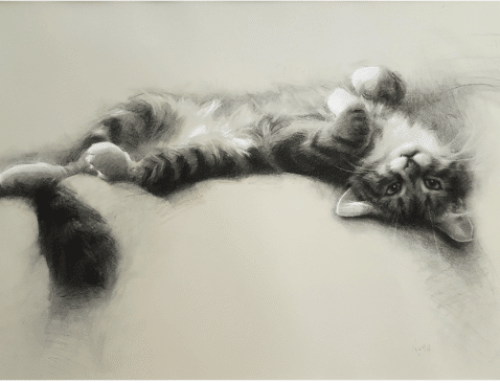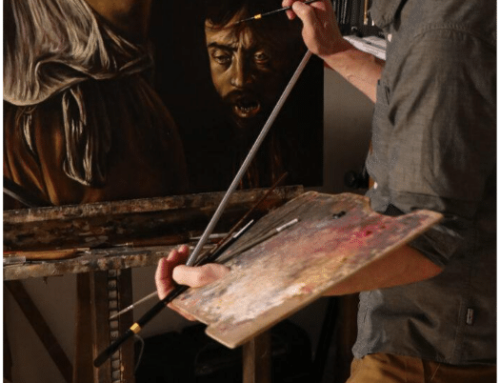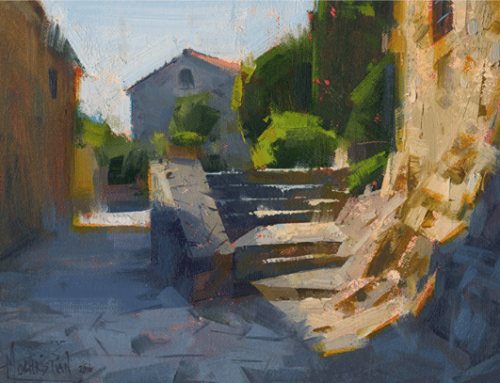Enduring works of art “tease us out of thought,” as the poet John Keats said. No matter how much we think we know about them, they’re never the same twice; every time we come to them again they seem new, with something else to tell us. They seem to change as we do. Who can say “what they mean?” Ultimately, their essence eludes us.
Canova’s “Cupid Awakening Psyche” in the Louvre is such a work. The goddess Venus, jealous of the praise Psyche was receiving for her beauty, decided to take out her wrath on the innocent girl. “This winged young man,” the Louvre’s curators say, “who has just landed on a rock where a girl lies unconscious, is the god Eros – Cupid in Latin – he can be recognized by his wings and his quiver filled with arrows. The girl’s name is Psyche.
Cupid’s mother Venus, goddess of beauty, demanded that Psyche bring back a flask from the Underworld, strictly forbidding her to open it. But Psyche’s curiosity got the better of her; and no sooner had she (popped upon the flask and) breathed in the terrible fumes than she fell into a deep, deathlike sleep. Seeing her lying motionless, Cupid rushed to her and touched her gently with the tip of his arrow, to make sure she was not dead. This is the moment caught by the sculptor: Cupid lifts his beloved Psyche in a tender embrace, his face close to hers. Psyche lets herself sink slowly backwards, languorously taking her lover’s head between her hands.
Canova took his inspiration from a legend recounted in Roman author Apuleius’ Metamorphosis. At the close of the tale the gods decide in council to grant Cupid Psyche’s hand in marriage, according her immortality and making her the goddess of the Soul.” (-Musee Louvre)
So without stretching the truth, you could say that Canova has sculpted the very image of a human soul.
Roman sarcophagus showing Dionysus approaching Ariadne. Ca. 230-240 AD. Louvre, Paris.
Also in the Louvre is this Roman relief carving. It depicts another god and another abandoned girl: the lusty Dionysus approaches the mortal Ariadne after he was marooned on an island by her lover Theseus. Before I even knew what it was about, it made me think of Keats’s Ode on a Grecian Urn. I’ve loved the poem since I was a teenager (he had me at “still unravished bride of quietness”) mainly because I believe its message of the universal value of art that outlives our smallness and mortality to be “a friend to man.”
I didn’t realize that, as the poem moves around its subject (the carvings on the “Attic shape” of a Greek vase), Keats is describing a fairly common subject of Greek and Roman relief-carving. The images that inspired Keats’s musings about art come from a pagan celebration scene like the one above, but in which we don’t know the characters or the story: a haunting “leaf-fringed legend … of deities or mortals, or of both” that leaves us asking, “What men or gods are these? What maidens loath? What mad pursuit? What struggle to escape? What pipes and timbrels? What wild ecstasy?”
Maybe we can never know the final “truth” about a work of art – or anything else, for that matter – but compelling creative works console us with their timeless presence, for we know they too arise from unknowing – and yet they’re their own “answer,” and at times may even persuade us of the beauty of our predicament.
O Attic shape! Fair attitude! with brede
Of marble men and maidens overwrought,
With forest branches and the trodden weed;
Thou, silent form, dost tease us out of thought
As doth eternity. Cold Pastoral!
When old age shall this generation waste,
Thou shalt remain, in midst of other woe
Than ours, a friend to man, to whom thou say’st,
“Beauty is truth, truth beauty”—that is all
Ye know on earth, and all ye need to know.
~ John Keats
from Ode on a Grecian Urn, 1820




